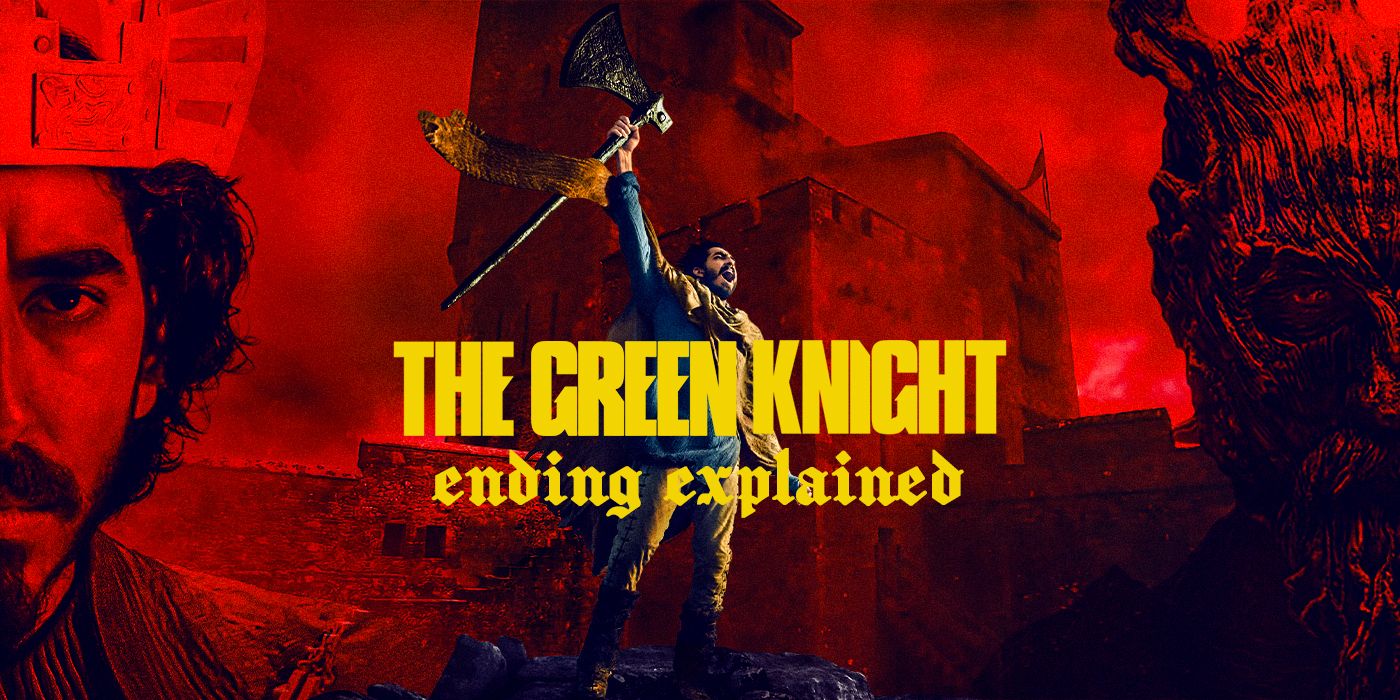Critique Of The Green Knight – Dark Fantasy With Lots Of Symbolism A Beautiful, Confusing, Emotional And Melancholy Film
As an audience, we have seen the legend of King Arthur in almost every way you can think of. From action epics to quasi-political fantasy series and Disney sweet and childish movies, and even combinations with comics, it is not irrelevant to say that the legend of King Arthur has gone well in the medium of the picture.
The Green Knight, all of these stories revolve around relatively identical elements, is a negative point. This means that the collection of medieval tales and romances that surround the legend of Arthur are ready for adaptation.
Now, this is where the Green Knight of David Lowry comes into play. But, has this work been able to cross this path successfully?! We to find the answer below by reviewing The Green Knight.
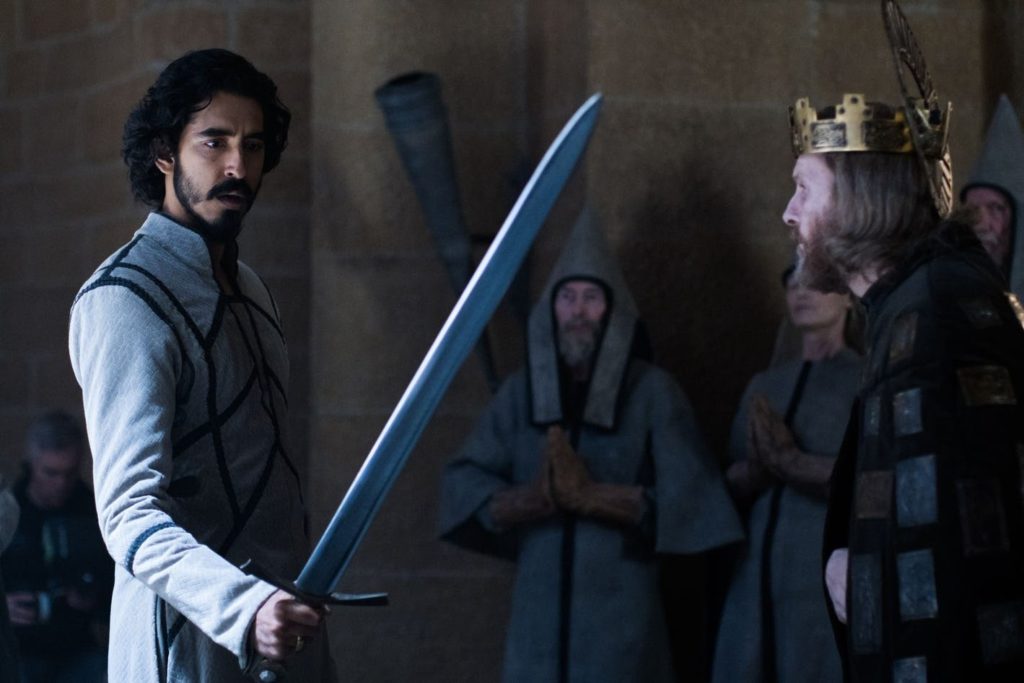
There is an overlap between religion and history, between metaphor and truth, between what is actually happening and what we feel is happening. This convergence of elements is where the storytelling form at its core uses all its vital components to tell a powerful story.
On the other hand, magical events occur when we weaken our control over facts and allow meaning and interpretation to be lost. So we create a stronger interpretation of the world and events. In fact, we create the meaning of existence.
And if we do it well enough, it will transcend time and last for generations.
Lessons or parables that have been told and retold in new ways, or traditional methods, are to understand this meaning.
Now that’s why David Lowry’s Green Knight and A24 is such a compelling and compelling feature film; Because he has spent all these themes to narrate his story firmly. If we can understand this film and its history, we can better understand our skills as human beings. Thus, The Green Knight, based on King Arthur’s fringe tales of Sir Gavin and the Green Knight, is a deeply symbolic, meaningful, and challenging story. In fact, this movie is supposed to be an epic fantasy adventure.

The Green Knight tells the story of Sir Gavin (Dave Patel), the reckless and stubborn nephew of King Arthur, who embarks on a tumultuous journey in a daring quest to confront the Green Knight (the giant and emerald stranger who is mostly a tree).
During this two-hour film, Gavin’s character embarks on a journey in which his goals quickly turn from duty and glory to an inner quest for self-knowledge.
Therefore, in this strange journey, he must face ghosts, giants, thieves, and looters to reach the meaning of life and self-knowledge.
To better understand the film, you will be very disappointed if you expect something close to the adaptations I mentioned at the beginning of this review. Instead, The Green Knight presents a contrast through the emotional and emotional battles of action and swordsmanship that we have seen and known and seen and loved in Peter F. Jackson’s masterpieces such as The Lord of the Rings.
Thus, what the film lacks in its presentation of action sequences, it compensates for in visual storytelling. David Lowry’s camera lens captures a magical scene in every scene, whether in a brothel, on the battlefield, or in a mountain looking at giants.
Each piece of the Green Knight is full of lust and beauty, which is transferred from the extraordinary state to the bitter state and then combines the two in a few moments.
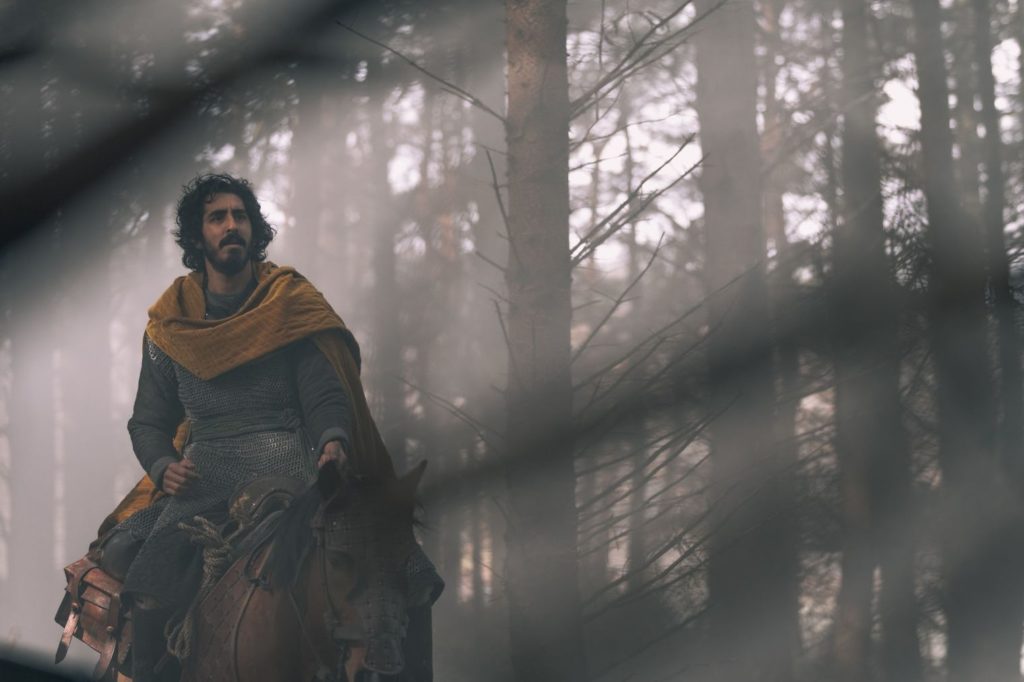
While the world of the work is full of dark fantasy elements, the film is truly introspective and uses the environment and the world to reflect Gavin’s character.
It is rare for a film to balance these elements confidently.
But the Green Knight has been able to properly explore his ideas and themes without discomfort, lack of clarity, or rejection of fantasy elements in his core. In my opinion, over the years, a film has never had as much confidence in performing its themes as the Green Knight. Of course, all of this is enhanced by the spectacular performance of Dave Patel and beautifully enhanced by the filming and visual effects that are sure to claim the best of the year.
This film is really about Gavin searching for meaning in a world that is often empty. Such an idea creates an interesting struggle that makes the main character of the story more visible.
Thus, this is the path that allows Dave Patel to show the breadth and depth of his acting power.
In fact, while colorful and playful images can easily engulf the protagonist, Patel is still the focal point.
He establishes magic and imagination and commands it with a strong emotional presence that can touch even in silence. Patel Gohar is a rare sight in the film, a man on screen who catches your eye even when a giant tree-like green knight is by his side.
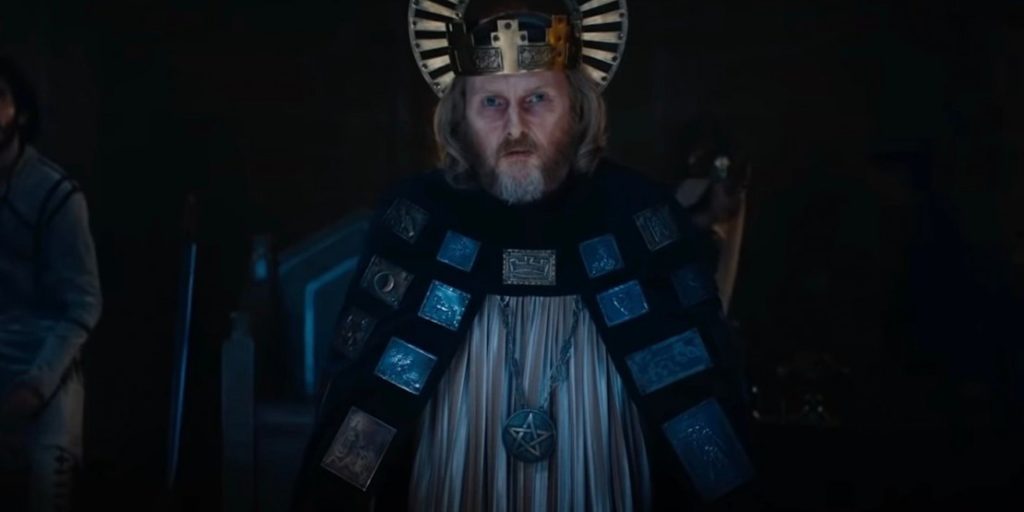
Let me emphasize this point now: this may not be the most compelling work I have seen over the years, but from the production and design of the costume to the natural light filming and the integrated combination of practical effects and CGI, the Green Knight remains the same. Staying in a familiar environment is a unique visual experience.
The Green Knight, for example, is a creature made not only of flesh and blood but also of wood and vine, beautiful and terrifying, evoking the hellish monsters of Guillermo del Toro.
On the other hand, the film is a window into duality:
naivety versus reason, virtue versus temptation, and courage versus cowardice. David Lowry completes all these dichotomies in the final twenty minutes of his work; And of course, this procedure also works.
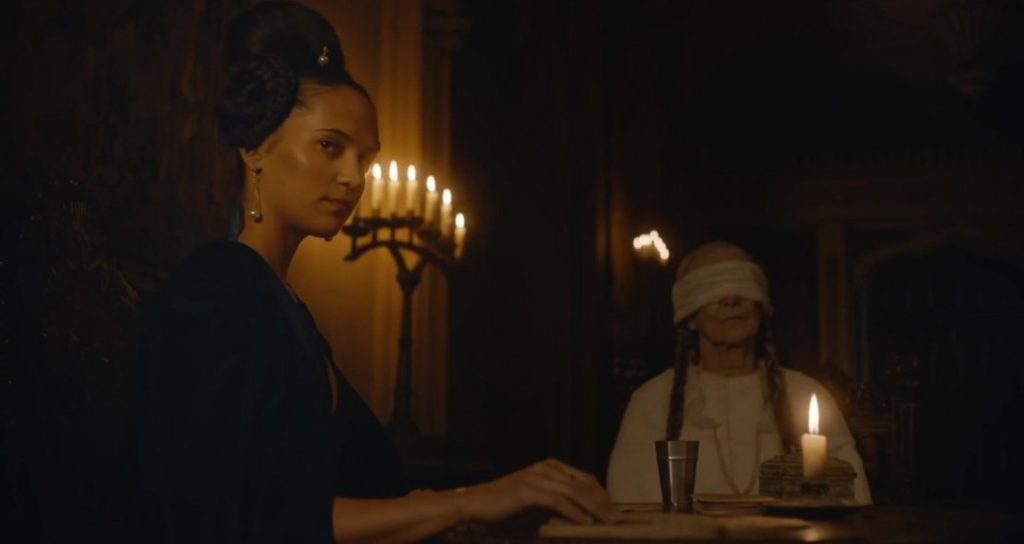
These twenty minutes are some of the best cinematic minutes I’ve seen this year; Twenty minutes with Daniel Hart’s music and no dialogue. This is the last sequence of a high-level visual storytelling class that practically complements the previous minutes, so this ending greatly influences those contexts and minutes.
However, most of the minutes of this film are confusing for the general audience due to the borderless use of symbols and metaphors. Heavy iconography is noticeable in every scene and every choice, but to the extent that the viewer can lose focus on the real story. Honestly, I had to watch The Green Knight again to understand some of the points myself, but I can’t tell you if this is a good thing.

But some of the symbols in the film are crucial to understanding the implications of the Green Knight script.
One of them is a green belt. The belt shows Gavin’s attachment to mortal life. During the central character’s journey, this seems like a protective tool, but in the end, it turns out to be the ultimate obstacle to developing his chivalry. This symbolism or play with metaphors is an interesting aspect of the story, so we see it elsewhere.
Another important symbol in the film is the director’s reliance on the green. Obviously, this color is nothing but the color of life, but green is very close to the concept of death in this story. In fact, the film Green Knight states that the main power of life is nothing but accepting the power of death.
Undoubtedly, the Green Knight movie is mostly about death and how we deal with it; This is perhaps the main aspect of the story.
Because of Gavin’s character, the filmmaker asks us whether we as human beings try to deceive ourselves about the subject of death or not ?! Do we believe that our mortal body is connected to the concept of death or not ?!
Or we face it with courage and sacrifice and accept death as part of harmony with nature. Therefore, all these cases are narrated on the green cover in the film.
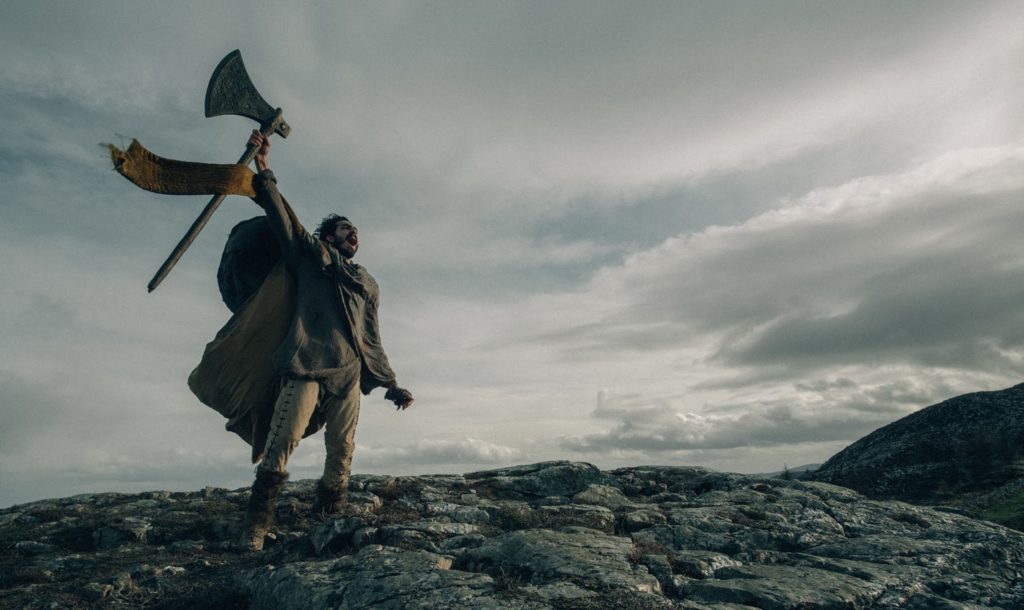
The Green Knight, on the other hand, is a symbol of Gavin himself. Gender and sexuality are also important symbols throughout the great narrative. Sex represents surrender to the mortal body or the soul.
Temptation and sexual activity throughout the film and story are considered dangerous and explosive weapons for the human soul.
Religion, on the other hand, plays a central role in the story of the Green Knight. The meaning of religion in the Green Knight is Christianity. Thus, most of the film’s themes, such as death, self-sacrifice, temptation, and chivalry, are linked to the past centuries’ religious ideas.
It goes without saying that the story itself takes place at Christmas (the birth of Christ). In general, the story of the Green Knight takes place in a world in which pagans for centuries embraced Christian ideology and combined it with their previous belief system.
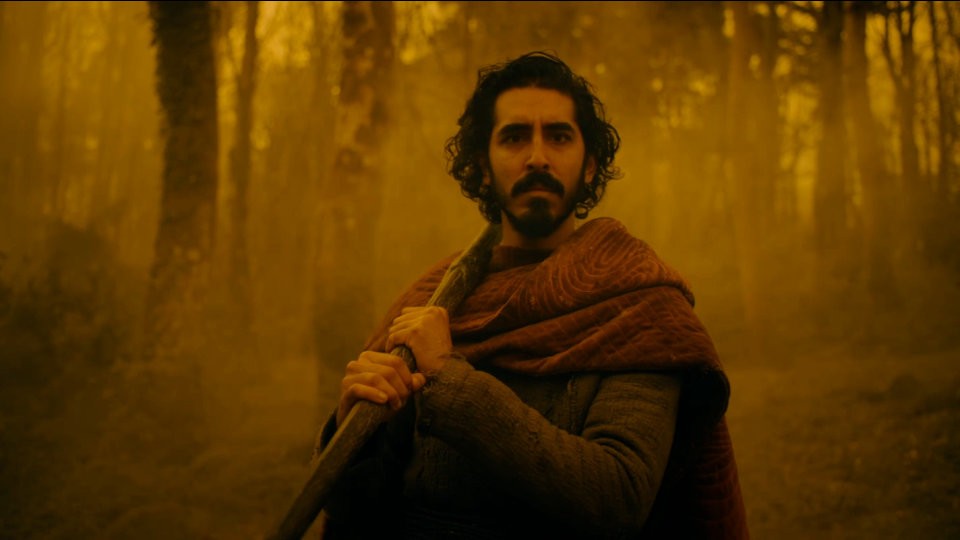
So, if we cling to the idea of a green belt in the story, we certainly can not really experience life.
Or, in fact, we can not be bold and fair. This means that we could not see the truth. The fact that life, love, sex, and death are all intertwined in a spinning mass reflects this. We are not separate parts of the process of this universe, in fact, we are from the soil, and we will return to the soil.
So, no matter how much we separate our beings and selfishness, in the end, it is a lie. And does that not mean the story of Christ? Then all religions? And all the stories ?! It is by death that we are born to live forever.
As a result, apart from the meanings of the Green Knight, the film is a visual feast for any viewer, but an audience may find it very inaccessible to watch the sequel due to the confusing structure of the film’s narrative.
The movie Green Knight is a dark fantasy accompanied by a lot of symbolism; Undoubtedly, it is strange and confusing for the general public to see this work, but the whole work is a dazzling visual story that combines all the filmmaking tools in an attractive way.

David Lowry’s film as a director contains some of the usual medieval elements, but it is a very modern take on the genre.
The Green Knight is like an adult comic book that must be seen every moment. The central character is also a symbolic element that must enter the field of self-knowledge. Of course, the same Gavin character is sometimes so passive throughout Lowry’s comics that the film can seem pointless or episodic.
In fact, the film is so full of heavy metaphors that some viewers may find it difficult to grasp its meaning. Therefore, the Green Knight may do the best for viewers who want to experience its complex story from a symbolic point of view and encourage deep thinking with its images. But without a doubt, many people will not relate to this fantasy work’s mystical and sometimes philosophical tone.












